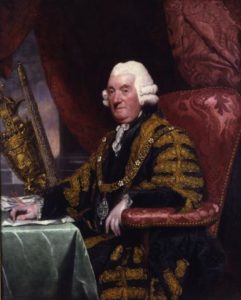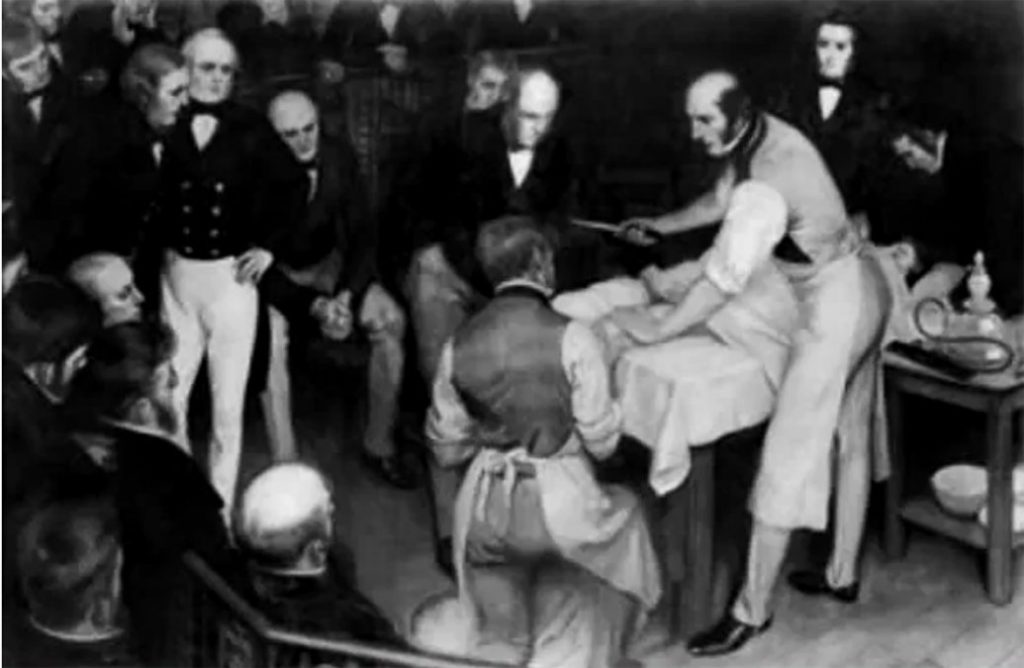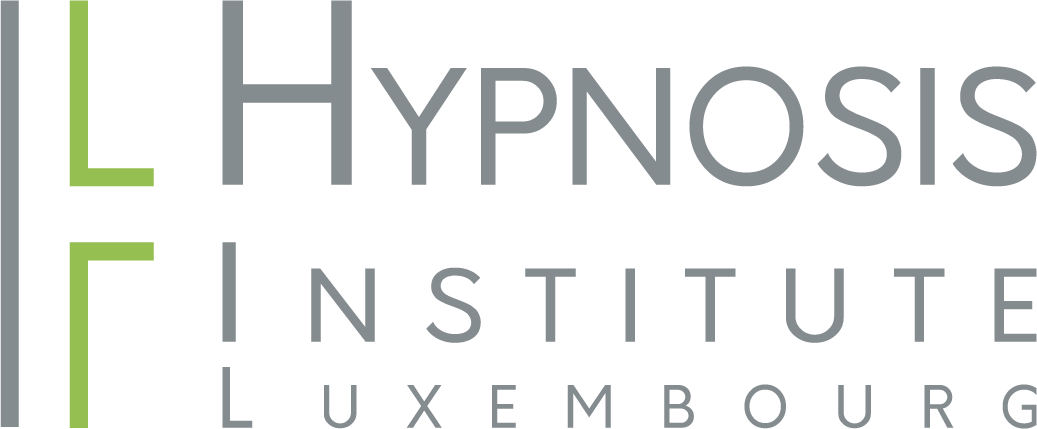James Esdaile

James Esdaile, M.D., E.I.C.S., Bengal (1808-1859), a Scottish surgeon who served with the East India Company for twenty years, is a notable figure in the history of mesmerism particularly in surgical anesthesiology via Esdaile’s condition at the time immediately preceding the discovery of chloroform by James Young Simpson.
Esdaile is considered by many to be a pioneer in the use of hypnosis for surgical anesthesia in the period immediately preceding James Young Simpson’s discovery of chloroform. However, Esdaile had not studied hypnosis or mesmerism himself.
Although some attribute the practice of hypnotherapy to Faria, Gassner and Hell, it is common to trace what we know today as hypnosis to Scottish surgeon James Braid’s reaction to a public exhibition of mesmeric techniques by Charles Lafontaine in Manchester on November 13, 1841.
There are some similarities between the theory and practice of Victorian mesmerism and hypnosis. Braid positively evaluated the Bengal government’s report (i.e. Atkinson & O’Shaughnessy (1846)) on Esdaile’s use of mesmerism in an Indian hospital, although only 30% of Esdaile’s clients were completely pain-free during their operations. However, Braid also expressed reservations about Esmail’s claims of supernatural powers possessed by certain subjects and noted that Esmail’s operations had yet to be demonstrated in British hospitals on British patients.
In theory, I strongly disagree with Dr. Esdaile. He is a mesmerist – that is, he believes in the transmission of some special occult influence from the surgeon to the patient as the cause of subsequent phenomena.
In fact, as this report shows, Esdaile did not generally “mesmerize” the patients himself, but employed local Indian boys who spent 2-8 hours a day with each patient in a darkened room, using a technique that involved breathing on the patient’s body. The similarity with the traditional techniques of mesmerism is therefore minimal.

On April 4, 1845, Esdaile performed his first mesmeric procedure
:On April 4, 1845, Esdaile treated a convict suffering from a double hydrocele. The drainage and injection of one side of the scrotum caused the patient such pain that Esdaile decided to try mesmerism on him for the second operation …
he was successful in rendering the convict painless, and immediately began experimenting with mesmerism, both as a means of producing analgesia in surgical cases and as a method of treatment for medical cases.
Esdaile himself admitted that he had never seen a mesmeric act; but given the extent of this particular patient’s pain and the understanding he had gained from what he had read, it occurred to him that mesmerism could be of great value:
“When I saw him the patient suffering in this way, I turned to the local sub-assistant surgeon, anÉlève (student) of the medical school, and asked him if he had ever seen mesmerism? He said he had seen it tried at medical school, but to no effect. I then remarked, “I have a great desire to try it on this man, but as I have never seen it practiced and only know it from reading, I am not likely to succeed.”
Esdaile was successful. The way Esdaile did it, the mesmeric act was an arduous procedure:
Esdaile’s method consisted of having the patient lie in a dark room, clothed only in a loincloth, and Esdaile would repeatedly run his hands in the form of claws slowly over the patient’s body, within an inch of the surface, from the back of the head to the pit of the stomach, breathing gently on the head and eyes all the while, and he seems to have sat behind the patient, leaning over him almost head to head, and placing his right hand on the pit of the stomach for extended periods of time.
As a result, Esdaile, whose own health was far from good, soon began to delegate this strenuous work, which involved, if necessary, “magnetizing a patient for hours every day for ten or twelve days, saving his own strength to perform the operation.
In a short time, Esdaile had gained a widespread reputation among Europeans and locals for painless surgery, particularly in cases of scrotal ‘tumors’, which were endemic in Bengal at the time due to mosquito-borne filariasis (similar to elephantiasis).
Esdaile’s mesmeric anesthesia was extremely safe:
“I beg to state, for the satisfaction of those who have not yet a practical knowledge of the subject, that I have seen no bad consequences whatever when persons have been operated on in a mesmeric trance.
There have been cases in which no pain was even felt after the operation; the wounds healed in a few days by the first intention; and in the remaining cases I have seen no signs of injury to the physical constitution.
On the contrary, it seems to me that she was saved, and that less constitutional disturbance followed than under ordinary circumstances.
No death has occurred among the cases operated on.”
Despite the successes with anesthesia and his impressive surgical results (exclusively with “native” patients), Esdaile was unable to explain these events in light of his previous (pre-Mesmer) six years of experience:
“Since my first application of mesmerism in April, 1845, I have had more operations of this kind every month than take place in the native hospital in Calcutta in a year, and more than I had in the six years previous.
There must be a reason for this, and I can see only two ways to explain it: My patients, when they return home, either say to their friends who are similarly affected: “Wow! Brother, what a gentle man Doctor Sahib is! He cut me to pieces for twenty minutes and I made him think I didn’t feel it. Isn’t that a capital joke? Go and play the same trick on him; all you have to do is laugh into his elbow and you won’t feel the pain.”
Or they say to their fellow-sufferers, “Look at me; I have got rid of my burden (of 20, 30, 40, 50, 60, or 80 pounds, as the case may be), have recovered the use of my body, and can work for my bread again: this, I assure you, the Doctor Sahib did while I was asleep, and I knew nothing of it; – you will be as lucky, I dare say; and I advise you to go and try it; you need not be cut if you feel it.”
Which of these hypotheses best explains the fact, my readers will decide for themselves.
It should be added that most of these persons were not paupers, but people in comfortable circumstances, whom no inducement except painless operations could induce to go to a charity hospital or other hospital; and all who know the natives are aware of this.
In 1846, Esdailes’ work with mesmerism-assisted painless surgery at Hoogly had come to the attention of the Deputy Governor of Bengal, Sir Herbert Maddocks. Maddocks appointed a committee of seven distinguished (medical and non-medical) officials to investigate Esdailes claims. They submitted a positive report (on October 9, 1846), and a small hospital in Calcutta was made available to him in November 1846.
In 1848, a mesmeric hospital supported entirely by public subscription was opened in Calcutta specifically for Esdailes’ work. It was closed 18 months later by the Deputy Governor of Bengal, Sir John Littler: According to Cotton (1931, p. 170), although Mott’s Lane Mesmeric Hospital, opened in 1846, was finally closed in 1848, Elliotson ‘continued to practise mesmerism at Sukeas’ Street Dispensary until he left India in 1851′.
In 1848, Lord Dalhousie, the Governor-General of India, appointed Esdaile as Presidency Surgeon; and in 1849, although he did not support the continuation of the mesmeric hospital in Calcutta, Dalhousie had so much respect for Esdaile and his work that he appointed him Naval Surgeon.
Esdaile retired from the British East India Company in 1853 at the end of his 20-year contract. He became vice-president of the London Mesmeric Infirmary and vice-president of the Scottish Curative Mesmeric Association. After a brief return to Perth in Scotland, he settled in Sydenham, where he died on January 10, 1859. He is buried in West Norwood Cemetery.
The term “Esdaile state” was mentioned in Dave Elman’s book Findings in Hypnosis, as a mark of respect for Esdaile
, referring to an ultra-deep hypnotic state such as those induced by him during his sessions.
